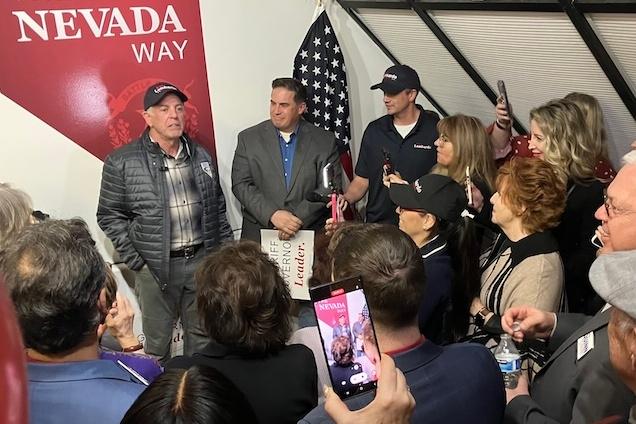A time-consuming medical waiver process and a perception among potential enlistees that they’ll “fall behind” peers in career advancement by serving in the military are among factors contributing to the most significant recruiting shortfalls in the half-century history of the nation’s all-volunteer armed forces.
But recruiting chiefs for the Department of Defense’s (DOD) four largest military branches have dismissed suggestions that Americans are avoiding military service because they believe it has been “politicalized” in the last decade as service to a specific president.





